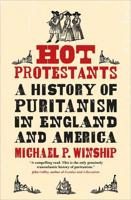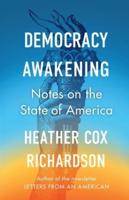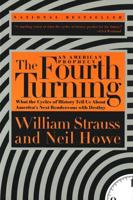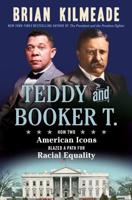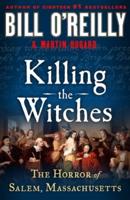Publisher's Synopsis
*Includes detailed descriptions of the St. Valentine's Day Massacre and Capone's other infamous gangland hits.
*Explains the investigations by Ness and others that brought Capone down.
*Includes pictures of Capone, Ness, and other important people, places, and events in their lives.
*Includes a Bibliography for further reading.
"Unquestionably, it was going to be highly dangerous. Yet I felt it was quite natural to jump at the task. After all, if you don't like action and excitement, you don't go into police work. And, what the hell, I figured, nobody lives forever!" - Eliot Ness
On February 14, 1929, members of Bugs Moran's North Side gang arrived at a warehouse on North Clark Street in Chicago, only to be approached by several police officers. The officers then marched them outside up against a wall, pulled out submachine guns and shotguns, and gunned them all down on the spot. A famous legend is that one of the shot men, Frank Gusenberg, dying from 14 gunshot wounds, told police that nobody shot him. Though Gusenberg's statement is probably apocryphal, nobody opened their mouths.
Nobody was ever convicted for the "Saint Valentine's Day Massacre," the most famous gangland hit in American history, but it's an open secret that it was the work of America's most famous gangster, Al Capone. Indeed, "Scarface" has captured the nation's popular imagination since Prohibition, managing to be the most notorious gangster in America while living a very visible and high profile life in Chicago.
Born a Brooklyn tough, Capone engaged in a life of crime even as a teenager and had come to Chicago as a young man to smuggle liquor during Prohibition. Allying himself with Johnny Torrio, Capone began to accumulate power almost as quickly as he accumulated a reputation for being merciless, and after an attempted hit severely injured Torrio, the gang's operations were turned over to Capone.
Despite his organized crime spree during the '20s, Capone was a popular figure in Chicago, viewed by many as a Robin Hood because he took pains to make charitable donations to the city. At the same time, he bribed government officials and cops, ensuring they looked the other way despite his violent ways of doing business. Throughout the decade, Capone was often out in public, despite several attempts on his life, and the gang war between Al Capone and Bugs Moran was well known and even celebrated to an extent.
The man most famously associated with Capone's downfall, of course, is Eliot Ness, thanks in large measure to his own sensationalized version of the events that became the basis for the book Eliot Ness and the Untouchables." That work in turn spawned the memorable television series "The Untouchables", in which Robert Stack plays an intrepid Eliot Ness who has both seemingly omniscient detective skills and the ability to fight tommy-gun wielding gangsters in street battles.
That portrayal of Ness was a mythological creation made for TV, but it has also cemented his legacy as the man who brought Al Capone down. "The Untouchables" has mostly obscured what the real man and his real work was like during that critical period, but it has also overshadowed the rest of Ness's life and career, which saw him mostly try and fail to parlay his success against Capone into success elsewhere. By the time Ness died, he was mostly down and out, and he had no clue that the book he was working on with writer Oscar Fraley would make him one of the most famous law enforcement officials in American history. Some have even dubbed him the patron saint of today's ATF.
Scarface vs. Eliot Ness and the Untouchables chronicles Al Capone's rise through the mob, the efforts to stop him, and the way both men on opposite sides of the law have been remembered in American folklore. Along with pictures of important people, places, and events, you will learn about Capone and Ness like you never have before.

